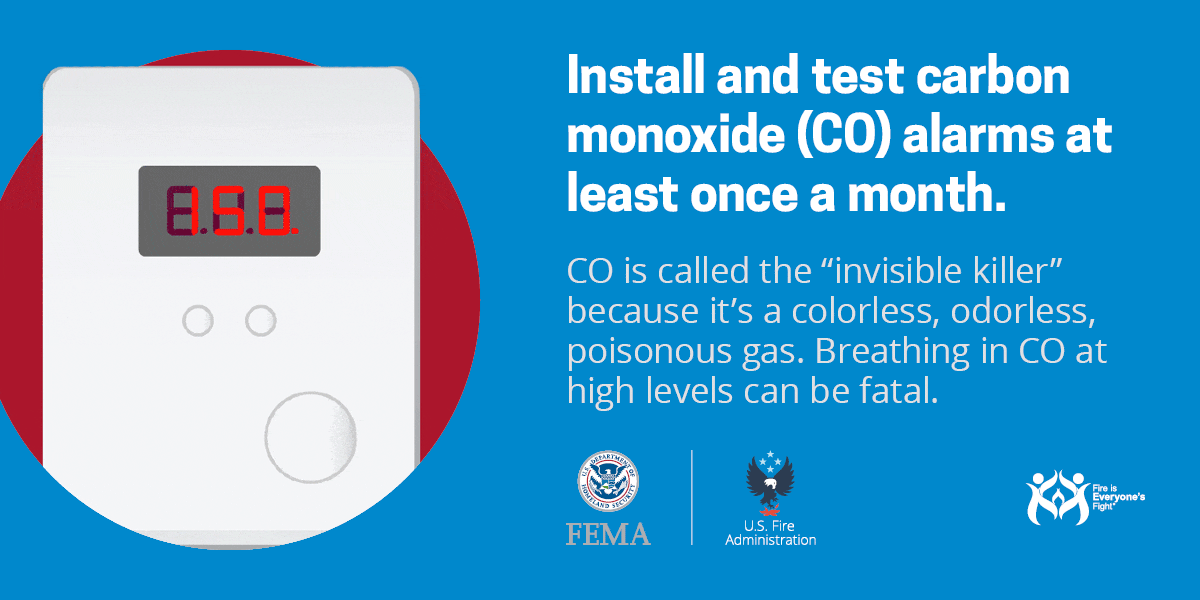Although rarely mentioned in films, it's a fearsome killer: every year, hundreds of people in Belgium fall victim to carbon monoxide poisoning.
Why is carbon monoxide so dangerous?
- Because it is imperceptible. You cannot see it, cannot smell it, and cannot taste it.
- Because your blood absorbs carbon monoxide 200 times better than oxygen. So carbon monoxide takes the place of oxygen in the blood. In a way, it's as if the victims are "suffocating".
How does carbon monoxide appear in your home?
Carbon monoxide is formed when fuels are burnt incorrectly. For example, gas, oil, wood, and pellets are fuels that are often used for heating systems or to produce warm water for domestic use.
Do you use an open fire or a coal stove? Do you heat your home with gas or oil? Do you use a gas water heater? If so, you run a real risk of carbon monoxide poisoning. So it's important to take precautions.
What are the symptoms of carbon monoxide poisoning?
- You suddenly have a headache.
- You feel nauseous.
- You're feeling tired.
- You feel like you're going to faint.
Inhaling a high dose of carbon monoxide is fatal! So pay close attention to your symptoms and those of the members of your household. During the winter, don't be too quick to dismiss them as symptoms of flu or a cold.
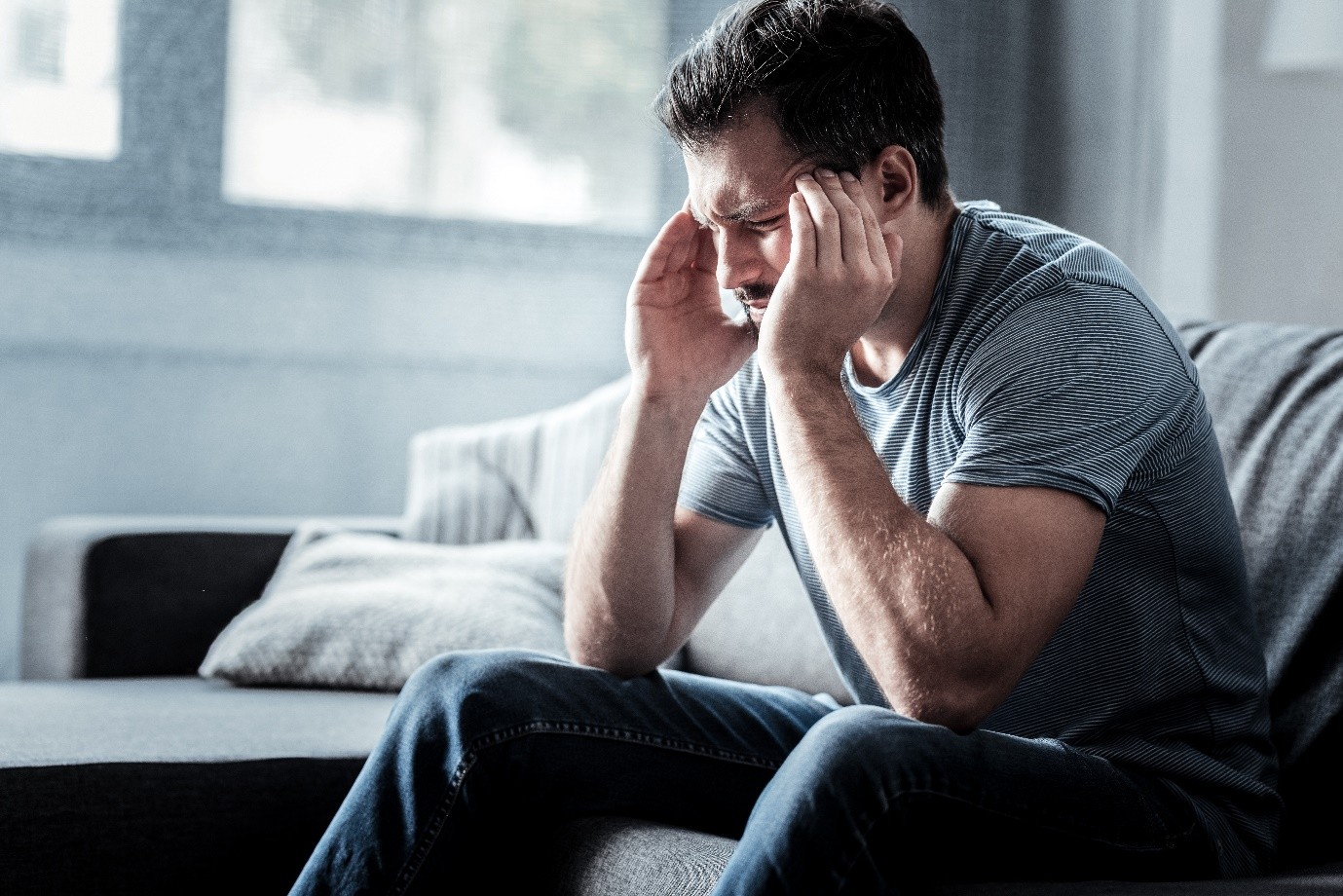
Other warning signs:
- Are several people or animals complaining at the same time?
- Do these complaints occur at certain times (when bathing, showering, or washing up)?
- Do these complaints diminish with fresh air or when you are outside?
- Do you notice soot deposits on the walls near gas water heaters?
- Do you notice abnormally high levels of condensation and humidity in the house?
- For gas, pay attention to the colour of the flames. Yellow flames are a sign of poor combustion. The flames should be blue.
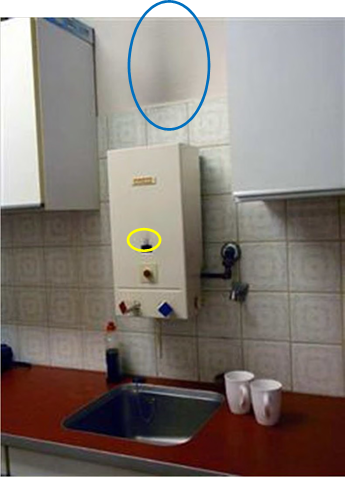
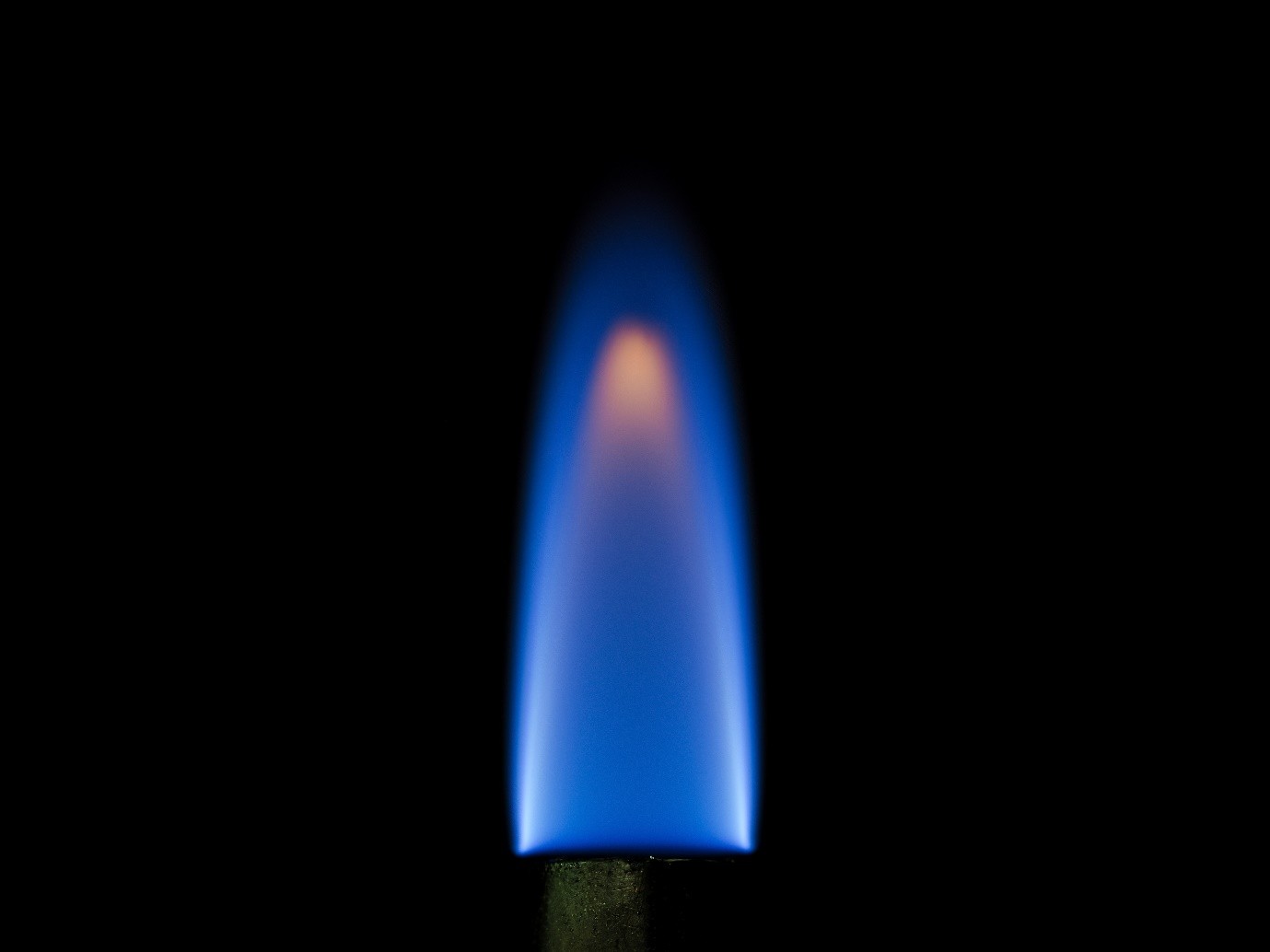
What to do in the event of carbon monoxide poisoning?
- Think of your own safety first!
- Open doors and windows.
- Get out as quickly as possible and make sure everyone leaves the room.
- Call the emergency number 112
Preventing carbon monoxide poisoning
- Make sure there is enough fresh air by leaving windows or grilles ajar 24 hours a day.
- Have your heating appliances serviced by a professional every year.
- Have your chimney swept every year by an approved technician.
- Install a carbon monoxide detector.
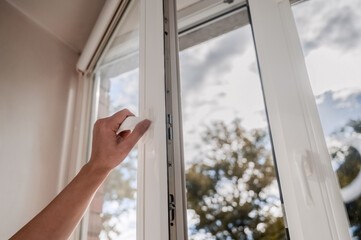
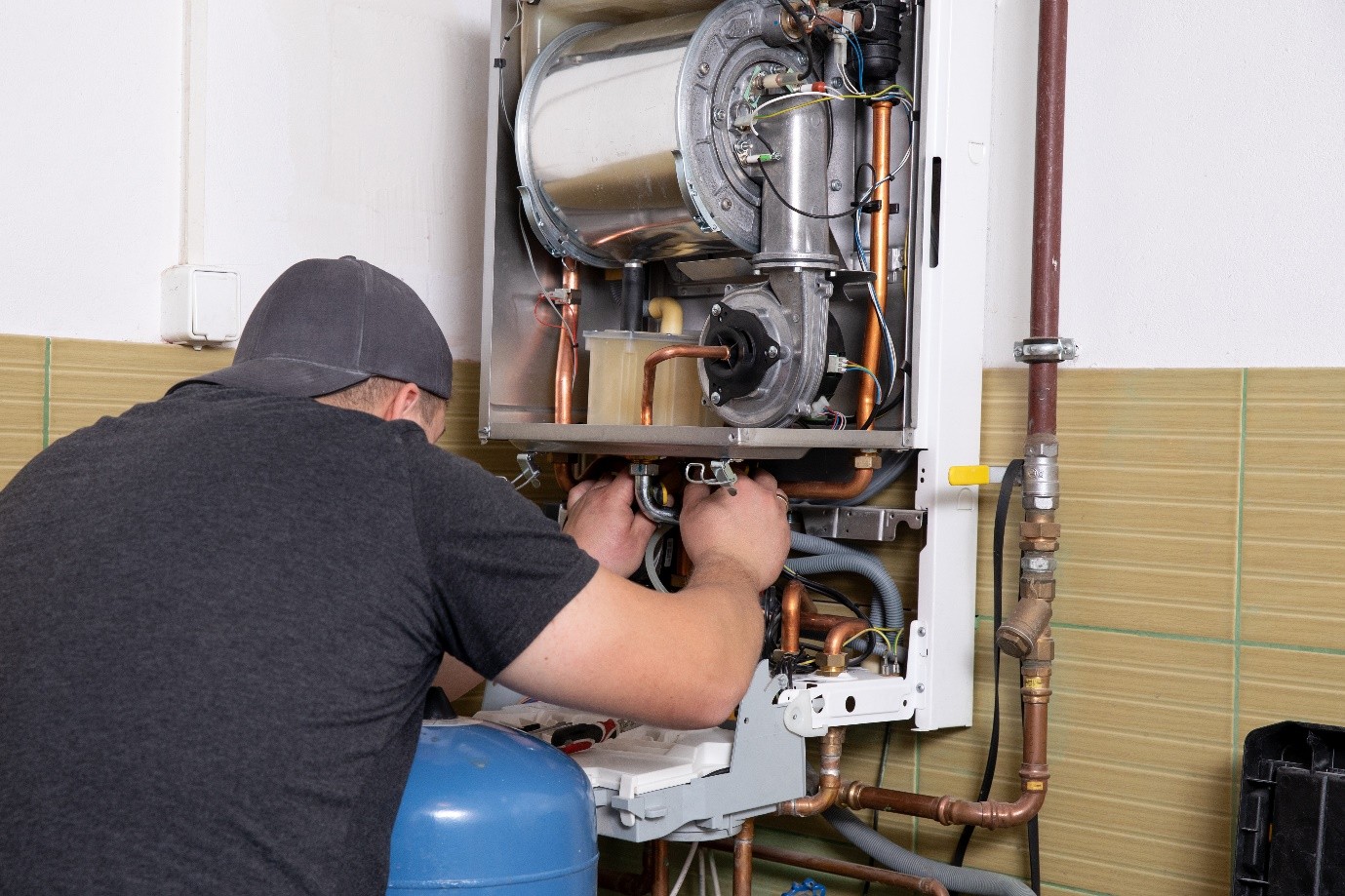
Buying a carbon monoxide detector
- Buy a carbon monoxide detector whose packaging bears the CE mark and European (NBN) EN 50291 certification.
- It's best to buy a carbon monoxide detector with a lifespan of 5 to 10 years.
- Always read the manual carefully and follow the manufacturer's instructions.
